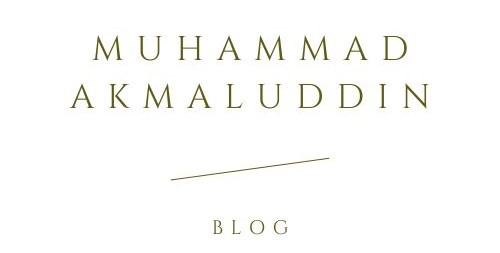L’ère du soupçon : l’identification de la frontière ethnique et religieuse dans les récits de la fitna andalouse (iiie/ive-ixe/xe siècles)
During the ninth/tenth-century Andalusî fitna the Umayyad emirate confronted various “rebellious” centers of power until it subdued them and established unity under the caliphate. The narrative of this fitna offers a good framework for an analysis of the way ethnic and religious boundaries were identified. Such boundaries are much emphasized in Ibn Ḥayyân’s Muqtabis, where he points out a heightened sense of group solidarity (‘asabiyya) as one of the principal factors that destabilizes central power. He especially mentions here local converts (muwalladûn), accused of donning an Islamic mask without truly becoming Arab. In this way, the fitna appears as an “age of suspicion” when religious borders became unstable, thereby revealing the fragility of the process of Islamicization.
http://journals.openedition.org/remmm/6575







0 Comments
Silahkan meninggalkan saran dan masukan terkait blog ini. Semoga bermanfaat. Terima kasih.